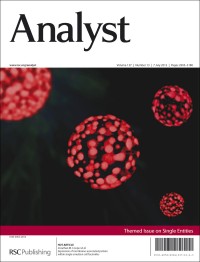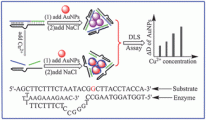Scientists in Spain used an array of 16 chromogenic indicators with different chemical recognition properties to follow the ageing of chicken stored in modified atmosphere packaging (MAP).
Many currently available methods to check meat spoilage are destructive, time-consuming, expensive and require qualified personnel. This means that they are fine for food safety inspections, but not suitable for use in shops or on every piece of packaged meat. Chromogenic sensors are cheap, versatile, can be printed on packaging and easily measured by cameras or the naked eye. The team observed characteristic colour fingerprints for each day of the study (which was carried out over 12 days) and gave clear differentiation at two-day intervals.
Once the 16-dye array had been successfully used, the team developed a simpler version based on just two dyes with three categories allowing differentiation between ‘fresh’, ‘beginning of decay’ and ‘non-fresh’. This shortened version could be printed on packaging and observed by the naked eye.
Monitoring of chicken meat freshness by means of a colorimetric sensor array
Analyst, 2012,
DOI: 10.1039/C2AN35211G


















